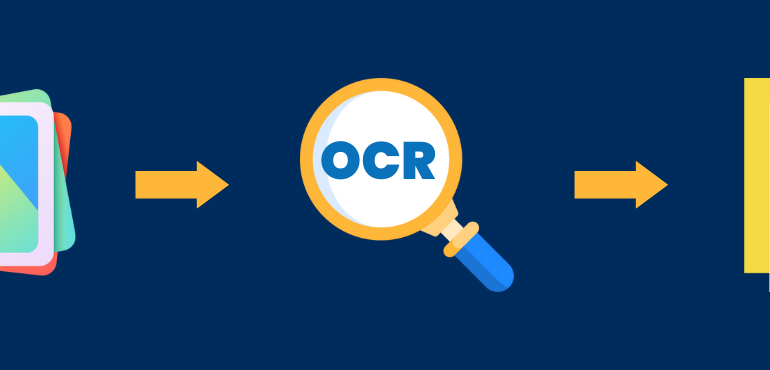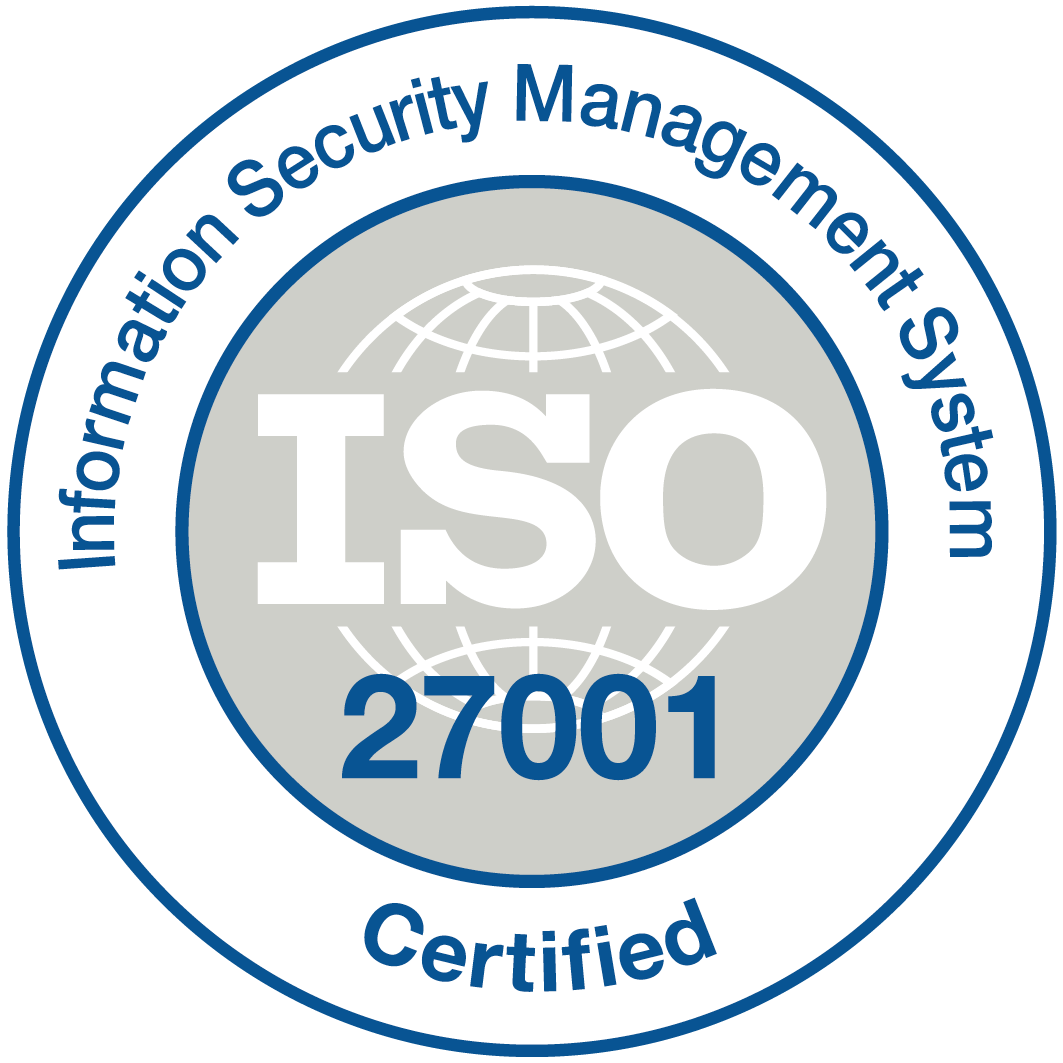
Getting familiar with Quixy User interface Builder
Reading Time: 4 minutesWith an ever-mounting backlog on current IT teams in most organizations, building digital apps at scale seems an impossible feat to pull off. According to Gartner, the market demand for app development services will grow at least 5x faster than the IT capacity to deliver them. The solution? Businesses today are leveraging the power of

Intelligent text extraction on Chrome with Quixy Toolbox
Reading Time: 3 minutesHave you ever found yourself in a situation where the PDF file online does not allow text to be copied? Or, have you come across content online so inspiring that you wanted to copy it, but the content is on either an image or video? So, what choice do you have other than typing the

Add depth to your Process and Apps with Quixy’s Business Validations
Reading Time: 3 minutesBusiness validations on the Quixy platform are quite powerful and extremely functional, helping Citizen Developers add depth to the process and apps. Before everything else, let us first try to understand what a business validation is. The definition of validation is quite fluid, and we shall view the definition from Quixy’s lens. What is a

Automate the Receipt/Label Generation & Printing Process with Quixy
Reading Time: 3 minutesAutomation is crucial for a thriving business as our world moves towards digital transformation. By automating processes, enterprises are able to make their workflows faster and are doing more with less. Your barcode labeling environment is no exception. With automated label printing, you can create a labeling process that is faster, more efficient, and has zero room for errors.

Get started in minutes with Quixy’s Ready-To-Use Solutions
Reading Time: 3 minutesTypical IT projects span between 3 months and 18 months with a failure rate of ~95%. The majority of the projects fail due to mismatch in expectations, scope creeps, changing business environment, etc. to name a few. In this day and age, building an application from the basics to realizing all your business requirements is not an easy endeavor. We all ignore the pitfalls of typical software development

Getting started with Quixy’s Workspaces, Roles, and Users
Reading Time: 4 minutesNo-code Low-code has, in recent years, garnered immense curiosity globally due to its rapid application development (RAD) and Workflow automation capabilities. Ever imagined that you can build your applications at 10x speed that are enterprise-grade (secure, reliable, and scalable), it is a reality today. Few industry analysts predict between 5x and 7x productivity gains for

Enrich your app experience with Quixy Business Rules
Reading Time: 4 minutesBusiness rules are intended to define and structure business activities, and they are designed to undertake actions on items or tickets based on specified criteria. When business rules are set right, they help organizations achieve the desired goal, improve efficiency, and provide predictability and consistency. Before we explore how you can easily configure business rules

Elevate your workflows with Quixy and Zapier duo
Reading Time: 3 minutesWe, today, are a part of an always-on, connected world. Digital Workplace initiatives have revolutionized the way we live (where personal and professional boundaries are melting away). It is no surprise that an average enterprise user typically uses 9 to 11 apps daily. While the overall productivity has increased multifold, the riddle of data centralization and hyper-automation is still baffling for many. Having multiple apps raises yet another problem – Maintaining a single source

Accelerate workflows with Quixy Triggers & Quickflows
Reading Time: 3 minutesAs businesses grow in scale triggers and quickflows are must, Business processes inherently grow complex, oftentimes rigid, and unintentionally localized to a business unit or department. Today’s business leaders expect nimble and agile processes that quicken the outcome, thereby improving the overall customer experience and brand recall. While all new-age enterprise systems, even some of

From Channel-thinking to Multiexperience- introducing Quixy Apps for Microsoft Teams
Reading Time: 4 minutesThe core definition of digital transformation has evolved over the last decade. What seemed to be a simple decision to go online via web or mobile has now somewhat reached a tipping point. In the past, the customer journey on a digital medium entailed one decision, i.e. about the target channel. With evolving customer expectations,













